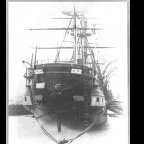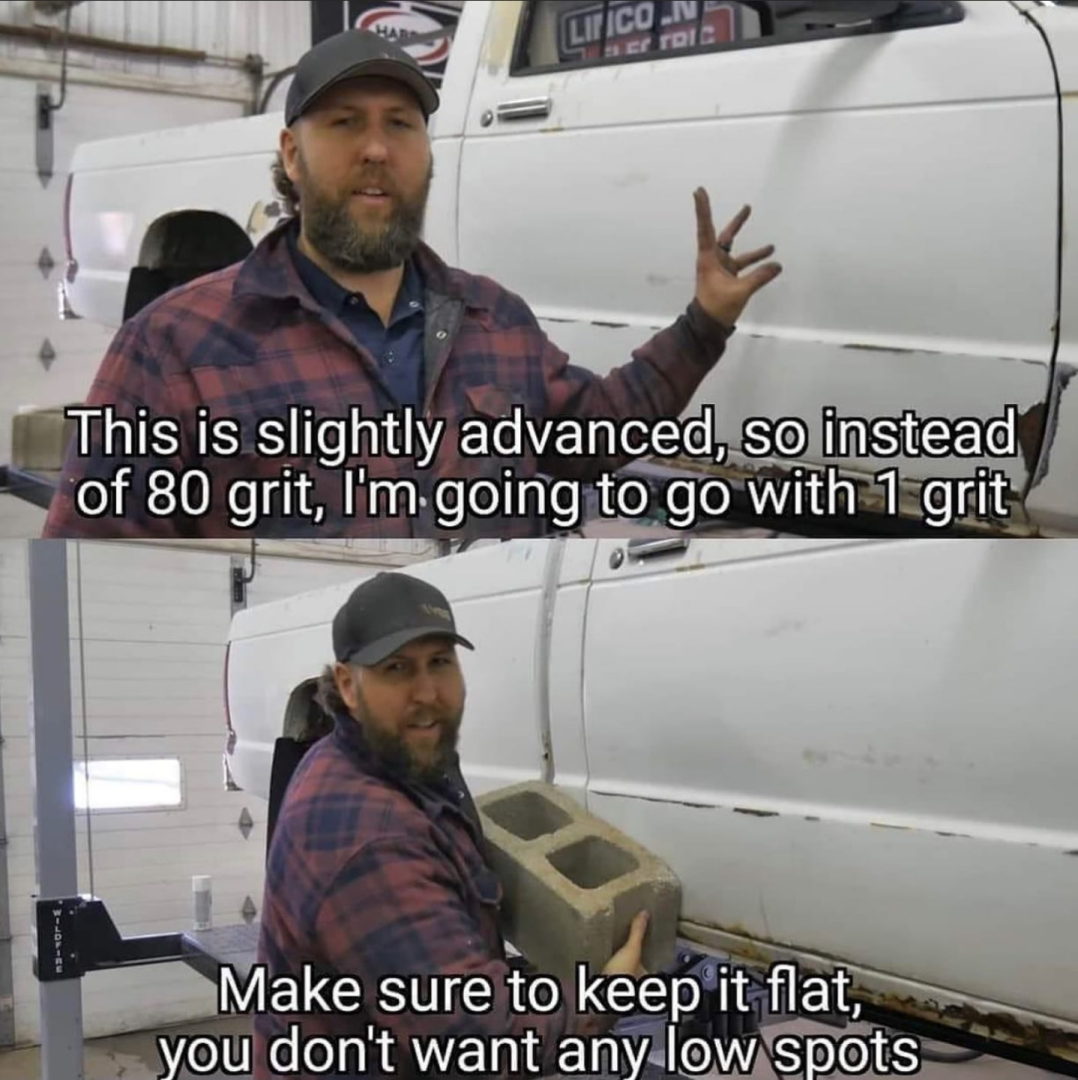-
Posts
6,248 -
Joined
-
Last visited
Content Type
Profiles
Forums
Gallery
Events
Everything posted by Keith Black
-
Rick, Merry Christmas and Happy New Year to you and your family.
- 342 replies
-
- Flying Fish
- Model Shipways
-
(and 1 more)
Tagged with:
-

Sandpaper Grit
Keith Black replied to Malazan's topic in Painting, finishing and weathering products and techniques
-
The only MSW build is an old build log from 2021 that wasn't completed.
-
Andrew, welcome to MSW. Glad to have you aboard.
-
@vossiewulf, wishing you and your family a Merry Christmas and Happy New Year.
- 714 replies
-
- lady nelson
- victory models
-
(and 1 more)
Tagged with:
-

Gunboat Philadelphia 1776 by tmj
Keith Black replied to tmj's topic in - Build logs for subjects built 1751 - 1800
Tom, wishing you and yours a Merry Christmas and a Happy New Year. -
Ian, welcome home and wishing you and your family a Merry Christmas and a Happy New Year.
- 219 replies
-
Tom, wishing you and your family a Merry Christmas and a Happy New Year.
- 341 replies
-
- Sophie
- Vanguard Models
-
(and 1 more)
Tagged with:
-
Andy, wishing you and your family a Merry Christmas and a Happy New Year.
- 174 replies
-
- Vigilance
- Sailing Trawler
-
(and 1 more)
Tagged with:
-
Maggie and I wish each of you a Merry Christmas and Happy New Year.
- 732 replies
-
- Lula
- sternwheeler
-
(and 1 more)
Tagged with:
-
Phil, Merry Christmas and Happy New Year to you and your family.
- 256 replies
-
- Card
- Pre-Dreadnought
-
(and 2 more)
Tagged with:
-
Roel, Merry Christmas and Happy New Year to you and yours.
- 70 replies
-
- Scheldt River
- Dredger
-
(and 2 more)
Tagged with:
-
Paul, Merry Christmas and Happy New Year to you and yours.
- 201 replies
-
- Oyster Sharpie
- first scratch build
-
(and 1 more)
Tagged with:
About us
Modelshipworld - Advancing Ship Modeling through Research
SSL Secured
Your security is important for us so this Website is SSL-Secured
NRG Mailing Address
Nautical Research Guild
237 South Lincoln Street
Westmont IL, 60559-1917
Model Ship World ® and the MSW logo are Registered Trademarks, and belong to the Nautical Research Guild (United States Patent and Trademark Office: No. 6,929,264 & No. 6,929,274, registered Dec. 20, 2022)
Helpful Links
About the NRG
If you enjoy building ship models that are historically accurate as well as beautiful, then The Nautical Research Guild (NRG) is just right for you.
The Guild is a non-profit educational organization whose mission is to “Advance Ship Modeling Through Research”. We provide support to our members in their efforts to raise the quality of their model ships.
The Nautical Research Guild has published our world-renowned quarterly magazine, The Nautical Research Journal, since 1955. The pages of the Journal are full of articles by accomplished ship modelers who show you how they create those exquisite details on their models, and by maritime historians who show you the correct details to build. The Journal is available in both print and digital editions. Go to the NRG web site (www.thenrg.org) to download a complimentary digital copy of the Journal. The NRG also publishes plan sets, books and compilations of back issues of the Journal and the former Ships in Scale and Model Ship Builder magazines.





